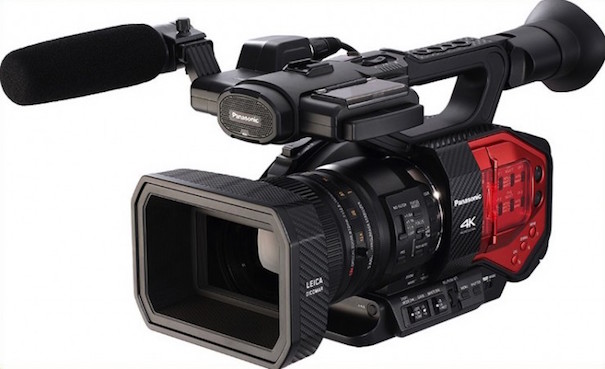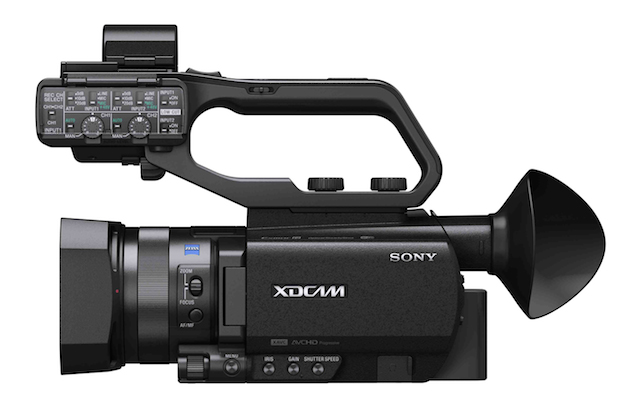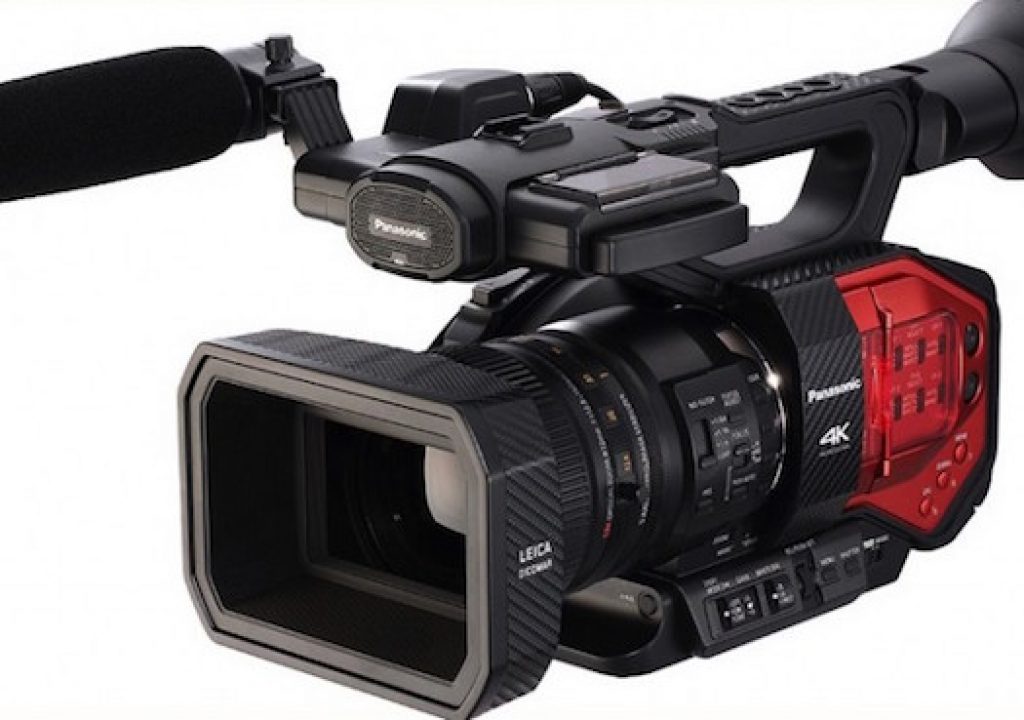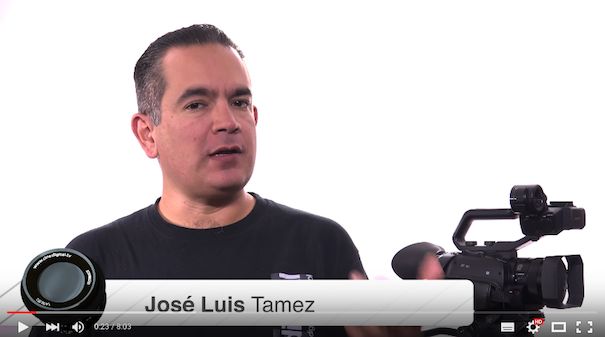Barry Green and David Newman have stated that 4K footage shot as 4:2:0 8-bit can become true 1080p 4:4:4 10-bit when properly downscaled on a 1080p timeline. Philip Johnston really hopes that they are both correct. In the meantime, Roland Schulz emphatically insists that both Barry Green and David Newman (both of whom are extremely well respected in our industry) are completely wrong about this theory. I would absolutely love it if Adam Wilt or Juan Martínez could act as judge about this theory, but this article is to explain why the result may not matter at all, depending upon your workflow and intention. Details ahead.

Barry Green and David Newman have stated that 4K footage shot as 4:2:0 8-bit can become true 1080p 4:4:4 10-bit when properly downscaled on a 1080p timeline. Philip Johnston really hopes that they are both correct. In the meantime, Roland Schulz emphatically insists that both Barry Green and David Newman (both of whom are extremely well respected in our industry) are completely wrong about this theory. I would absolutely love it if Adam Wilt or Juan Martínez could act as judge about this theory, but this article is to explain why the result may not matter at all, depending upon your workflow and intention.
I must credit my friend and colleague Rubén Abruña of EditingTraining.com for first bringing this theory to my attention, first from David and later from Barry, and for inspiring the concepts to be covered ahead.
Barry Green is a producer and the well known author of several books about Panasonic professional cameras and best practices, including his recent white paper The benefits of shooting in 4K. Although this white paper mentions the Panasonic AG-DVX200, it should apply to many 4K UHD camcorders that record internally at 8-bit 4:2:0. For the rest of this article, I am going to give both Barry Green and David Newman the benefit of the doubt and assume that their theory is correct. However, it may be irrelevant in many cases, as you’ll see ahead.
Barry’s white paper makes reference to the following video:
Now, let’s discuss three different possible workflows and how they can relate to picking a camera.
- WORKFLOW A: If your only reason to shoot 4K UHD is to downconvert to 1080p 4:2:2 (or better) 10-bit (without panning, zooming or stabilizing losslessly) on a 1080p timeline for final delivery at 1080p (or lower), then a camera like the Sony PXW-X70 clearly wins, since it can record 1080p 4:2:2 10-bit 50 megabit per second file directly, without creating such a heavy (i.e. 100 megabit per second or higher 4K) file, since the direct 1080p 50 megabit file will be lighter and less demanding on storage and computational power in the editing system.
- WORKFLOW B: On the other hand, if your only reason to shoot 4K UHD is to be able to reframe/zoom in/stabilize in post losslessly for a 1080p timeline, then the proposal of shooting 4K UHD for later derivation of higher bit rate (10 bit and 4:2:2 or better) is lost, since the information is no longer derived from a full 4K UHD raster, but only a fraction of it much of the time.
- WORKFLOW C: If the reason you are planning to shoot 4K (either type) is because you actually plan to deliver a 4K end product, there are several cameras whose onboard 4K recording beats the current PXW-X70’s optional 4K UHD. As covered previously, Sony has —so far— stumped the potential quality of the PXW-X70 by limiting its 4K UHD bitrate to 60 megabits per second. Many other cameras, including consumer cameras from Sony and a spectrum of cameras from other manufacturers, offer 4K recording at 100 megabits or more. (Their optics, electronic imaging, and other features may be inferior or superior to that of the PXW-X70.)
As covered by our Mexican colleagues (see the video in my recent CineDigitalTV demonstrates the PXW-X70 constrained 60 Mb/s 4K UHD, illustrated above), the PXW-X70’s 60 megabit after optional paid 4K UHD recording is adequate with fairly static content, but cries out for more bandwidth when there is fast movement. I must clarify that even if you record 4K internally in the mentioned cameras like the GH4 or the AG-DVX200 (even if Barry and David’s theory is correct) and you plan to deliver 4K, the internal 4K footage will still be 4:2:0 8-bit. You won’t be delivering a 4:2:2 10-bit final product at 4K unless you record externally, or use a higher end camera that can record 4K 4:2:2 10-bit (or better) internally.
The moral of the story
If you already own a camera like the GH4 or AG-DVX200, by all means, shoot 4K at 100 megabits per second all the time as long as your recording media, editing system and post workflow can handle it (even if it means using the proxy mode of your editing software). I say this because these cameras don’t offer 1080p 4:2:2 10-bit internal recording anyway. You will potentially take advantage of this 4:2:0 8-bit to true 1080p 4:4:4 10-bit at least some of the time (when you don’t blow up or stabilize) on a 1080p timeline. Just know that you’ll only potentially get that with Workflow A, not with B or C, unless you use an external recorder like those sold from Átomos, Convergent Design or Video Devices.

Those recorders can be used with these cameras or with the Sony PXW-X70, shown above.
If you are still deciding which camera to purchase, consider which of the described workflows fits best for you. If you are torn between the PXW-X70 and the AG-DVX200 (both of which create very high quality images) and are only interested in Workflow A (never blowup, and always deliver 1080p or lower), it’s obvious that the PXW-X70 wins on price and file efficiency, since it records 1080p 4:2:2 10-bit at 50 megabits per second directly. If you plan to use Workflow B sometimes, you won’t be getting 10-bit 4:2:2 (or better) since you’ll be using a fraction of the 4K UHD raster (unless you record externally). If you use Workflow C (record 4K UHD without blowup or stabilization and deliver 4K) you still won’t be getting 10-bit 4:2:2 (or better) unless you record externally. If you can live with delivering 4K 8 bit 4:2:0, you should ask yourself how much movement you plan to shoot, or consider using an external recorder in those cases where you must have fast movement.
The Sony PXW-X70 is a WorldCam whose street price is now under US$2000. WordCam means that the same camera includes all NTSC-derived and PAL derived framerates. Although the NTSC-derived framerates are properly recorded and output live, they are unfortunately rounded to the closest integer in the camera menus with the current firmware. The optional paid 4K UHD option currently costs US$499.
The Panasonic AG-DVX200 shares the WorldCam capabilities of the PXW-X70, lacks 1080p 10-bit 4:2:2 internal recording, but currently beats the internal 4K UHD recording of the PXW-X70 after the paid upgrade, since the AG-DVX200 offers 4K recording at 100 megabits per second (or higher in some framerates). In addition to recording 4K UHD, the AG-DVX200 also offers 4K DCI recordings, which is not available in the PXW-X70. The AG-DVX200 has a street price of US$4195, which is about US$1697 more than the sum of thte PXW-X70 plus its 4k UHD upgrade. It certainly offers both benefits and weaknesses, depending upon whether you want to record 4K, which one, externally or internally, or whether you only want to record 1080p.
Sources mentioned in this article
- Barry Green’s white paper The Benefits of Shooting in 4K
- Philip Johnston’s post When 420 8bit becomes 444 10bit from Barry Green (including Roland Schulz’s comments)
- Andrew Reid’s article 4K 8bit 4:2:0 on the Panasonic GH4 converts to 1080p 10bit 4:4:4 (including quotes from David Newman)
Upcoming articles, reviews, and books
Stand by for upcoming articles, reviews, and books. Sign up to my free mailing list by clicking here.
Si deseas suscribirte a mi lista en castellano, visita aquí. Si prefieres, puedes suscribirte a ambas listas (castellano e inglés).
Books, consulting, articles, seminars & radio programs
Contact Allan Tépper for consulting, or find a full listing of his books, articles and upcoming seminars and webinars at AllanTepper.com. Listen to his CapicúaFM program at CapicúaFM.com in iTunes or Stitcher.
My latest book (paperback + ebook)

My most recent book is available in two languages, and in paperback as well as an ebook. The ebook format is Kindle, but even if you don’t have a Kindle device, you can read Kindle books on many other devices using a free Kindle app. That includes iPad, Android tablets, Mac computers, and Windows computers. Although generally speaking, Kindle books are readable on smartphones like Androids and iPhones, I don’t recommend it for this particular book since it contains both color photos and color comparison charts. The ebook is also DRM-free.
In English, it’s The Castilian Conspiracy. Click here and you will be automatically sent to the closest Amazon book page to you based upon your IP address. Or request ISBN–10: 1456310232 or ISBN–13: 978–1456310233 in your favorite local bookstore.
En castellano, se llama La conspiración del castellano. Haz clic aquí para llegar al instante a la página del libro correspondiente a tu zona y moneda en Amazon, según tu dirección IP. De lo contrario, solicítalo en tu librería preferida con los ISBN–10: 1492783390 ó el ISBN–13: 978–1492783398.
FTC disclosure
No manufacturer is specifically paying Allan Tépper or TecnoTur LLC to write this article or the mentioned books. Some of the other manufacturers listed above have contracted Tépper and/or TecnoTur LLC to carry out consulting and/or translations/localizations/transcreations. Many of the manufacturers listed above have sent Allan Tépper review units. So far, none of the manufacturers listed above is/are sponsors of the TecnoTur programs, although they are welcome to do so, and some are, may be (or may have been) sponsors of ProVideo Coalition magazine. Some links to third parties listed in this article and/or on this web page may indirectly benefit TecnoTur LLC via affiliate programs.
Copyright and use of this article
The articles contained in the TecnoTur channel in ProVideo Coalition magazine are copyright Allan Tépper/TecnoTur LLC, except where otherwise attributed. Unauthorized use is prohibited without prior approval, except for short quotes which link back to this page, which are encouraged!

Filmtools
Filmmakers go-to destination for pre-production, production & post production equipment!
Shop Now















